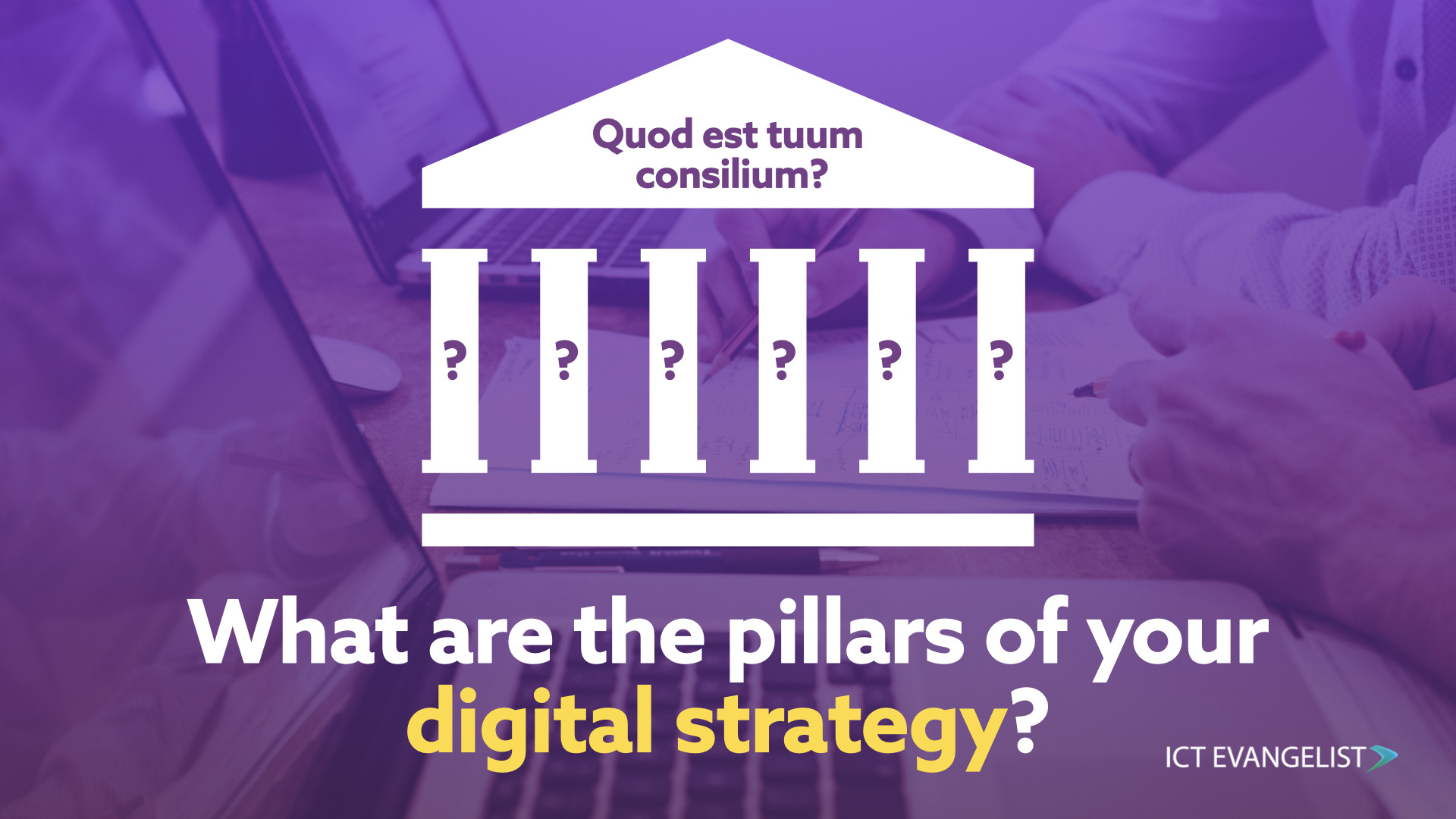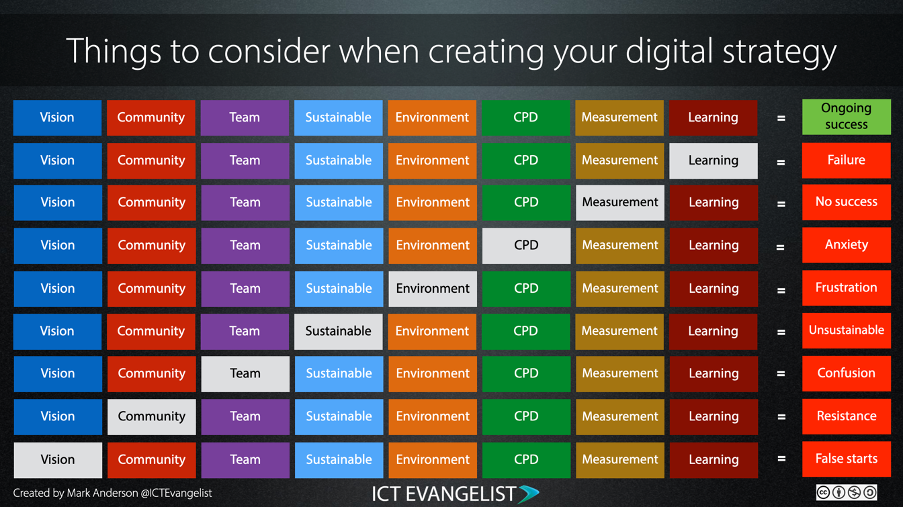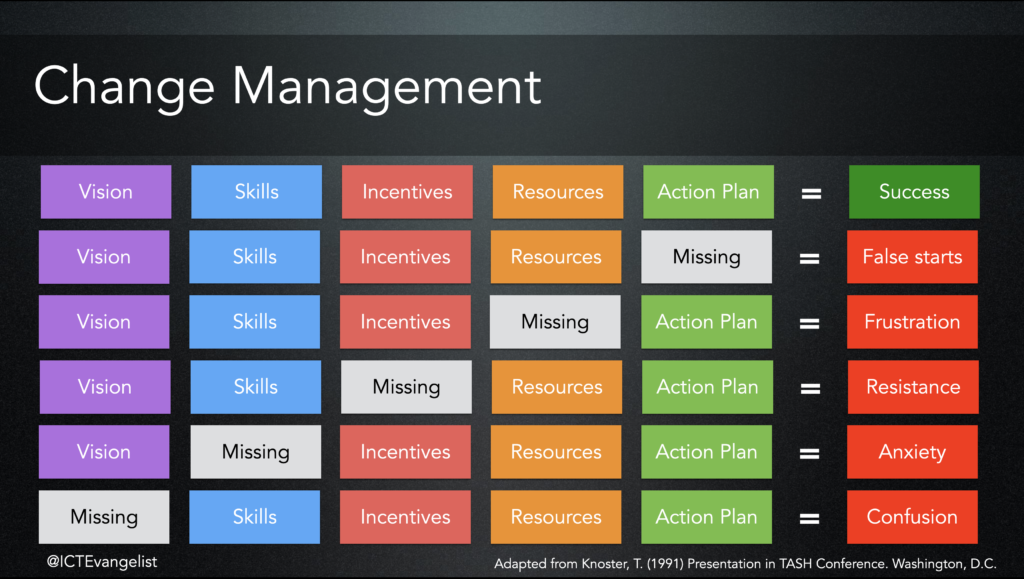
In historical and religious terms, pillars have often represented the bridge between heaven and earth. If you visit some of the great Cathedrals across Europe, many of their architects used huge pillars inside with religious the symbolism
Columns or pillars are familiar features of Church architecture that serve the purpose of both supporting the building but also raising one’s eyes up towards heaven.
The Greco-Roman world, as represented by the icon on the image that goes with this post, is probably the most commonly known, and it was this design that Christians adopted when constructing their churches.
Interestingly, the columns were originally seen as being representative of people, which we see in the names given to the different parts of the column. From the top of the column being called the ‘capital’ – from the Latin ‘caput’ meaning ‘head’ to the bottom being called the ‘base’, derived from the Greek ‘basis’ meaning ‘foot’.
It carries over into Christianity with the following being written in the book of Revelation, “I am coming soon; hold fast what you have, so that no one may seize your crown. He who conquers, I will make him a pillar in the temple of my God; never shall he go out of it, and I will write on him the name of my God” (Revelation 3:11-12).
The link goes even further with some ‘capital’ being designed to represent saints and ionic columns being shaped to represent female saints, with the capitals featuring swirls to represent the long curly hair of women.
It is therefore fitting that as we see these pillars being representative of people when we plan out a strategy for things within organisations, we provide these supports upon which our strategies sit.
Don’t misunderstand me, it doesn’t have to be pillars, these ideas could be cogs that link together to represent how each interconnect or be called strands or themes – the point is,
within many plans for organisational change or organisational structures, we find these pillars or columns upon which we place our central ideas, themes and strands which almost always centre on people, the pivotal and most important point of any strategy and its success.
So what?
In my work in and with schools, those that have often had success with change moving forward articulate these key themes very clearly. They often represent or link to the organisation’s values and have a broad coverage that encapsulates what it is that a particular strategy is trying to achieve.
A good starting point for thinking about your pillars is to consider two key areas:
1. Your overarching vision for your Organisation/District/Trust/School which may be framed around such foci as inclusion, creativity, happiness, evidence-informed practice,
2. Who the key stakeholders are within that context.
Whilst contexts may differ between these, often, the stakeholders stay the same or are at least very similar.
In writing the ‘Guide to Creating a Digital Strategy in Education’ with Al Kingsley, we identified the following key strands/stakeholders for consideration:

From this exploration of the key factors to consider, the overarching pillars upon which to hang your strategy can be informed.
For example, with one school that I work with, two of their pillars relate to digital skills; those of teachers and those of the students.
Taking the digital skills of teachers for deeper exploration is a great pillar which ties into several of the stakeholder areas mentioned above. It covers:
• Online safety
• Educators
• Data Privacy
• Training and CPD
…and ultimately, the opportunities and benefits that can be gained by using technological tools to support and enhance Communication and Collaboration.
The further benefits around reduced workload, improved opportunities for marking and timely feedback, reduced overheads around printing, smart approaches to collaboration and communication with colleagues, peers, students, families, and others within the school community could be significant.
Similarly, exploring student digital skills also links into:
• Online Safety
• Digital Citizenship
• Future Ready learners
• Digital skills
• Metacognition
• Improved learning outcomes
• Opportunities for improved communication and collaboration
…and so much more.
It is therefore a useful activity to consider what the main pillars are for your digital strategy, which leads me to ask you the provocation from the title of this post; “What are the pillars of your digital strategy?” and if you don’t have them, what should the pillars of your digital strategy be?
Another benefit to having clearly articulated pillars links to ideas around change management and making sure that the strategy is understood and acted upon by all. Language is key here.
A frequently shared graphic that I use around these processes demonstrates more elements that are worthy of consideration when creating your overarching strategy and the themes upon which the strategy can sit.

The graphic clearly shows in a slightly different way, the areas to consider when exploring when creating your digital strategy. It is a development of an original idea by Knoster, T (1991) exploring the ‘5 Components Of Organisational Change’ where it demonstrates issues you may face if you fail to consider a certain aspect.

To sum up
Clearly, there are many things to consider when constructing your overall digital strategy, but as with many things – starting by thinking about your why, the what and then ultimately, the when, will massively help you with your thinking, planning and ultimately your success.
So with all of this in mind, what are the pillars of your digital strategy?















